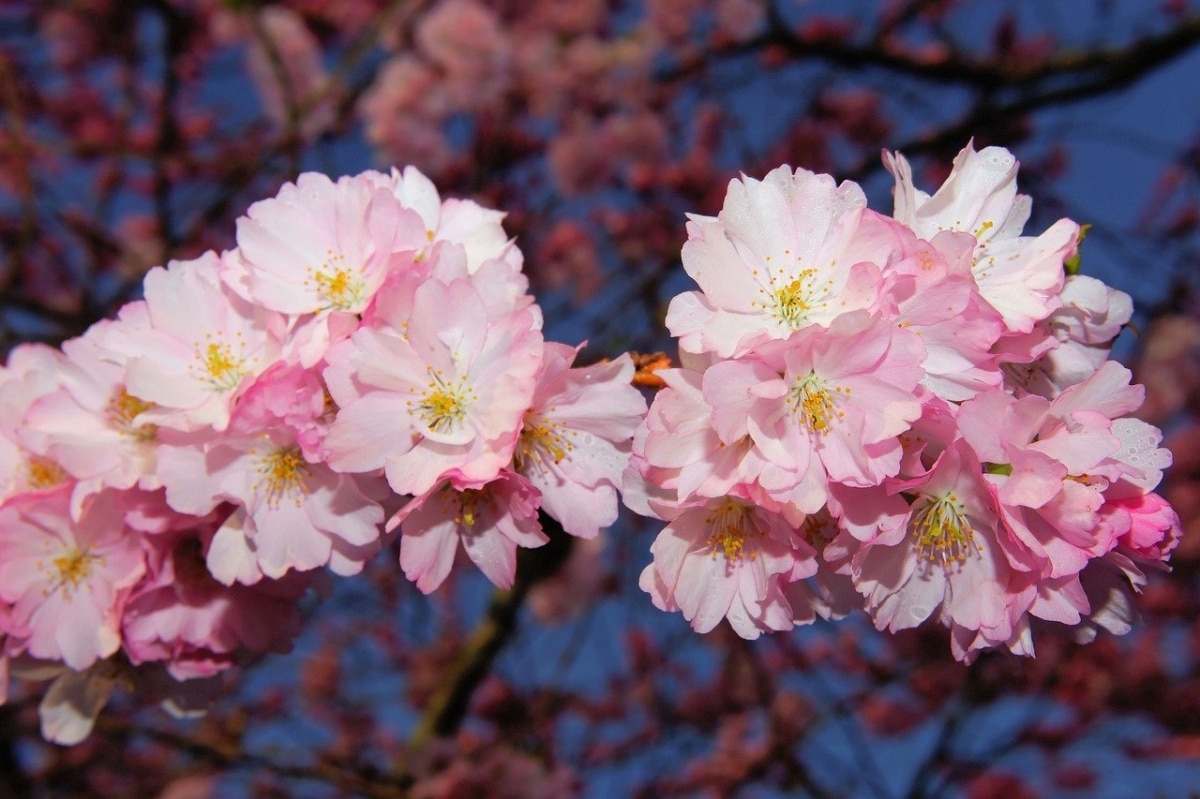
The sakura flower is the best known symbol of Japanese culture (besides the chrysanthemum), and one of the prettiest if I may say so. It is produced by three tree species of the genus Prunus, which are quite easy to care for as they resist intense frosts.
It is so important that even the Japanese perform the festival of the Hanami, during which they are dedicated to observing the delicate petals. And only after that, the academic year begins.
What is the meaning of the cherry blossom or sakura?
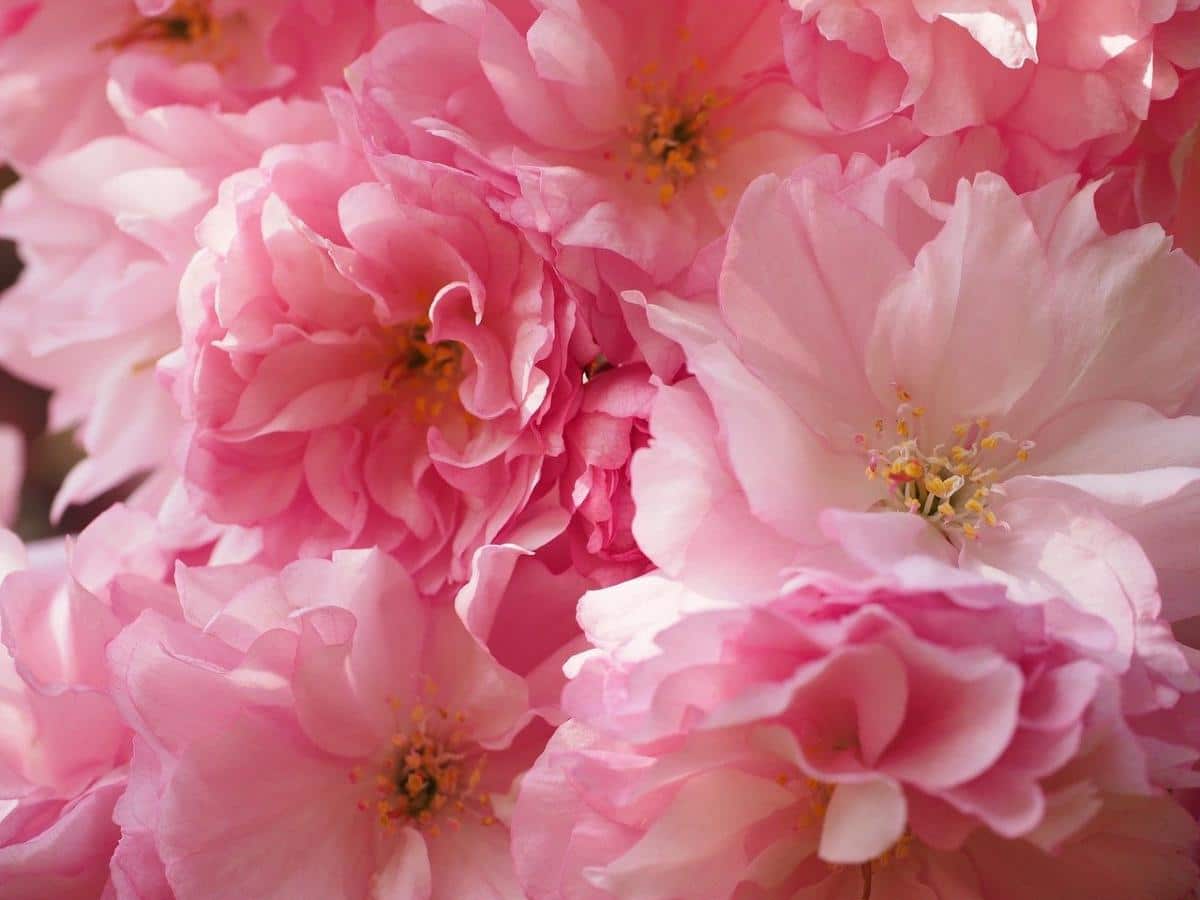
The trees that produce it, such as Prunus serrulata el Prunus subhirtella, are deciduous. They lose their leaves in autumn-winter, and do not regain them until spring - depending on the weather, sometimes it is just at the end of winter, but other times it is shortly before the start of summer. In Japan, it sprouts early; in fact, towards the month of April you can already see the ground full of fallen petals.
Because it stays open for a very short time, symbolizes the simplicity, innocence and transience of life, as well as of course the beauty of nature. But if we investigate something more in the Japanese past, we will realize that the samurais worshiped it, to the point that they believed that the petals represented the drops of blood spilled in battles.
When does it bloom?
The Japanese cherry blooms during the months of March to April Normally, but as we have mentioned before, if the weather is colder they can do it towards April / May, and if it is warmer towards February / March. The important thing is that you receive the necessary care to stay healthy. Here you have information about it.
Japanese cherry varieties
Although you may only know one, the Prunus serrulataThere are actually two other tree species that are quite similar. So that you can know them, below we will talk about each one of them:
Prunus serrulata
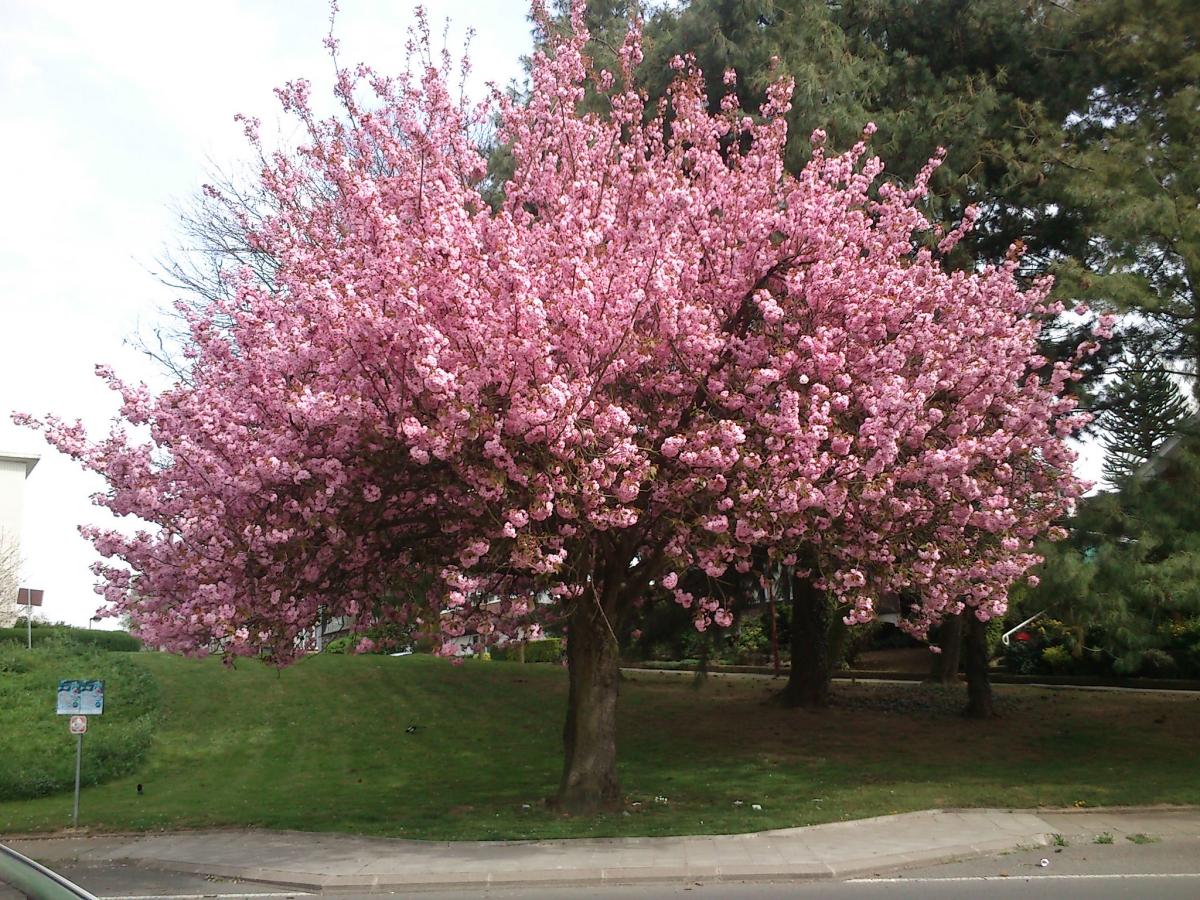
Image - Flickr / Jungle Rebel
It is the Japanese cherry tree par excellence. It is native to Japan, but it is also found in China and Korea. It grows up to 6 meters in height and develops a trunk that is normally straight, although it can become twisted with age. Its crown is rounded and wide, composed of branches from which ovate-lanceolate leaves sprout. These are green, except in fall when they turn red, yellow, or crimson.
The flowers are white or pink, and arise in clusters. And the fruit is a black drupe that measures about 10 millimeters in diameter; although the trees that are usually found for sale are grafted on Prunus avium and it is difficult for them to bear fruit.
Prunus subhirtella
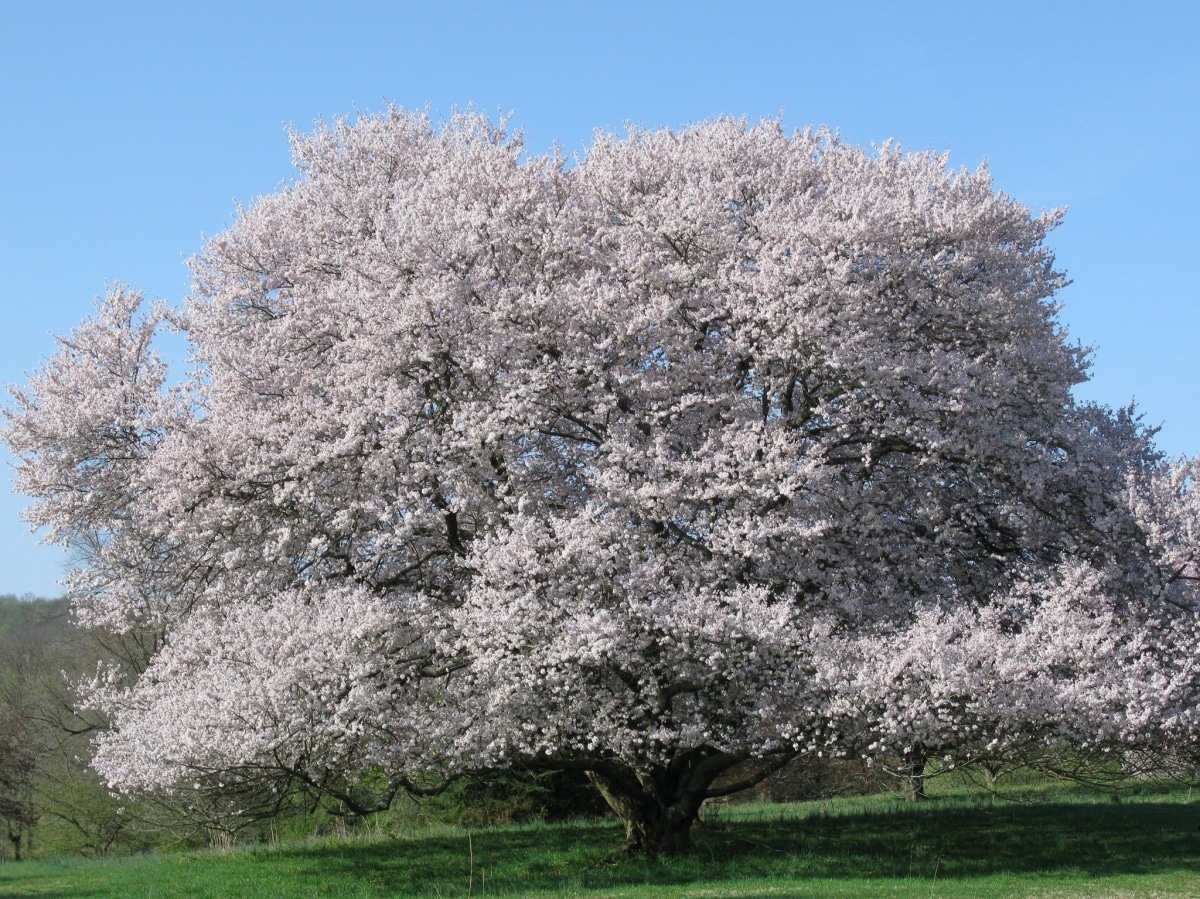
Image - Flickr / Bob Gutowski
It is a species of tree known as the weeping cherry or autumn cherry. It is native to Japan, where it is called Edo higan. It reaches a height that can exceed 30 meters, with a wide crown and densely populated by oval and green leaves. It blooms in spring, before the leaves sprout, producing white or light pink flowers.
It is a strong plant that does not rot easily and also withstands the wind. This makes it the oldest Japanese cherry tree, since can live up to 2000 years. The downside is that it grows very slow.
Prunus x yedoensis
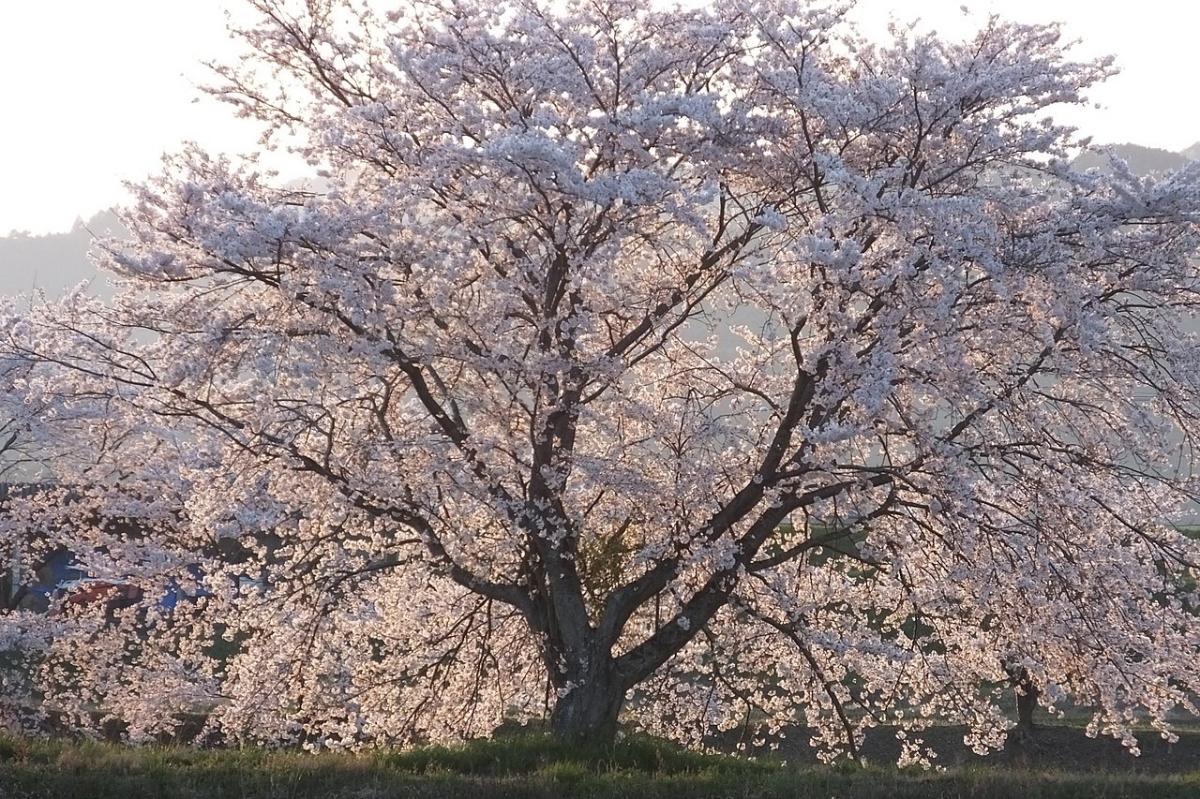
Image - Wikimedia / 松岡明 芳
Although it is not usually known as a Japanese cherry, it can be very confusing. In fact, it is a hybrid between Prunus speciosa and the species we have seen before originally from Japan. It grows between 5 and 12 meters in height, and presents a rounded crown. The leaves are green, medium in size, and its flowers, which are white or pink, sprout in spring. The fruits are drupes of about 10 millimeters in diameter that have a sweet taste.
Has a faster growth rate than the Prunus subhirtellaTherefore, it is interesting to grow in those gardens whose owners are in a hurry to have a large tree.
Prunus sargentii

Image - Wikimedia / Usien
El Prunus sargentii It is not known as a Japanese cherry, hence we put it last on the list, but it could well be confused. In English it is known as Sargent's cherry, that is, Sargent's cherry. It is a tree native to Japan, as well as Korea and Russia. It grows between 5 and 10 meters in height, with a wide crown of up to 10 meters. It has obovate and green leaves, but in autumn they turn yellow, orange or reddish. Its flowers sprout in spring, and are of an intense pink color. The fruits are small drupes that often go unnoticed.
It resists the wind, and it is not too demanding. It is somewhat drought tolerant, and usually does not have major pests or diseases. But would not be suitable for a city garden, as it does not resist contamination.
How many years can a Japanese cherry tree live?
Life expectancy depends on several factors, but if all goes well, it can reach 100-200 years. The species Prunus x subhirtella instead it can live up to 2000 years. So now you know: have one and you can enjoy it ... and your children, nephews and / or grandchildren, at least.
What care does the sakura tree need?

Growing a Japanese cherry can be very interesting, but first of all we recommend that you keep reading to know how to take care of it:
- Location: they are plants that must be outdoors, so that it can give them the sun and grow correctly.
- Earth:
- Garden: they prefer fertile, slightly acidic and well-drained soils.
- Pot: can be planted in pots with substrates for acidic plants (on sale here).
- Irrigation: in principle they will be watered once a week in winter, and 1-2 times a week the rest of the year. But if it rains frequently in your area, or if, on the contrary, you see that the soil dries quickly, you will have to adjust the frequency of irrigation to the conditions in the place where you have your tree.
- Subscriber: it is advisable to pay it in spring-summer, more or less every 15 days, with organic fertilizers.
- Rusticity: Japan's cherry tree is resistant to frost down to -18ºC, but it will not withstand extreme heat.
What did you think of the sakura flower?